The Sri Lankan Economic Crisis
The economic crisis in Sri Lankan has gotten worse over the years, owing primarily to the recent COVID-19 pandemic. Come read our blog to learn more about the country's shrinking budget and low GDP growth.
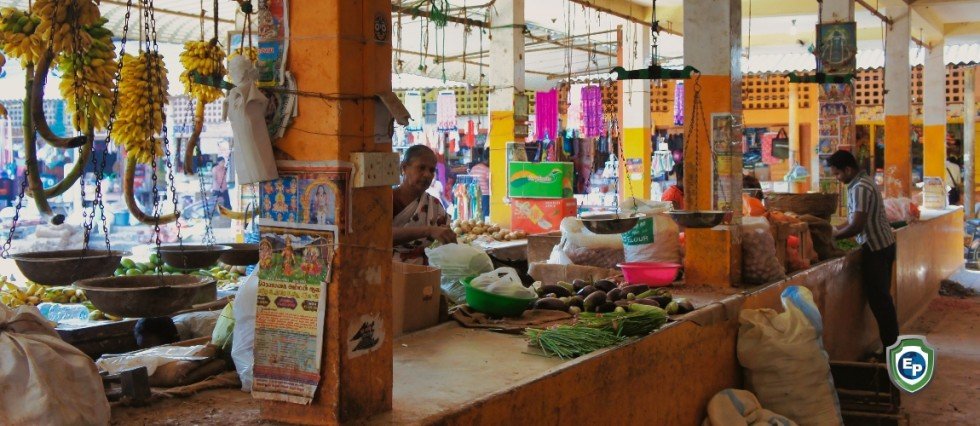
When President Gotabaya Rajapaksa came into office in 2019, he immediately slashed taxes. At the time, he believed it would leave more money in people's hands and stimulate demand. But he made the move despite fears that it would reduce potential revenues and undermine a 2019 debt management plan that required a narrowing fiscal deficit.
Sri Lanka’s Shrinking Budget
Soon after the revenue shrinking tax cuts, the Covid-19 pandemic hit. Sri Lanka suffered greatly, since it’s heavily reliant on the tourism industry. It wasn't long before the country's credit ratings were downgraded, limiting its ability to raise funds in international capital markets.
In 2021, the government presented a budget that relied on a solid rebound in its economic growth of around 5.5%. Sadly, the spread of the Delta variant hampered Sri Lanka and led to island-wide lockdowns. That saw Sri Lanka overshoot its fiscal deficit target by more than two percentage points and the trade deficit widening to $8.1 billion in December 2021 from $6 billion a year before.

Low GDP Growth in the near Future
Foreign exchange reserves have shrunk almost 70% to $2.36 billion in the last two years. Sri Lanka's public debt is estimated to be 119% of GDP in 2021; in 2019, it was 94%. Remittances from Sri Lankans working abroad slumped by 22.7% to $5.5 billion in 2021. Moreover, Sri Lanka's 10-year bond yield in February was 13%; in February last year, it was 8.13%. Many fear that the country will default on its debt without a debt restructuring.
In September, Sri Lankan President Gotabaya Rajapaksa declared an economic emergency, giving the government control of the supply of basic food items to cap inflation. But that did not ease the situation. Citizens are currently facing food rations, and the scarcity has led to high prices. There are also shortages in cooking gas, milk products, and medicines. The country is also experiencing regular, long power cuts.
Despite its dire situation, the government is avoiding an IMF bailout. Sri Lanka has approached the IMF for loans 16 times in 56 years. The IMF forecasts double-digit inflation in 2022 and low GDP growth of 2.6%.
Learn More with Export Portal
Any business that engages in international trade knows the essential role that proper documentation plays in ensuring successful transactions. To gain more valuable information on trading, make sure to check out the rest of our site!


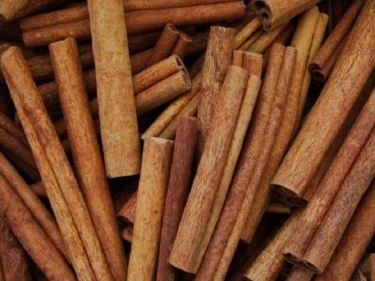
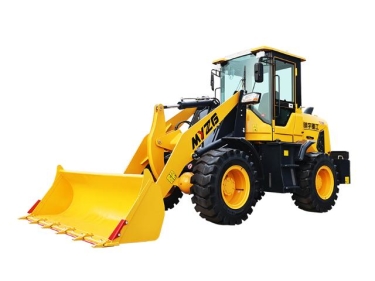
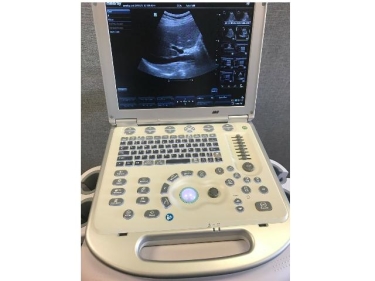
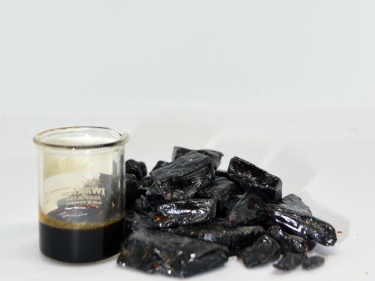





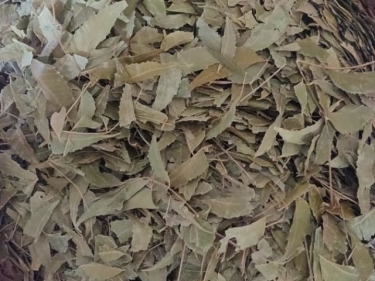






Comments 1